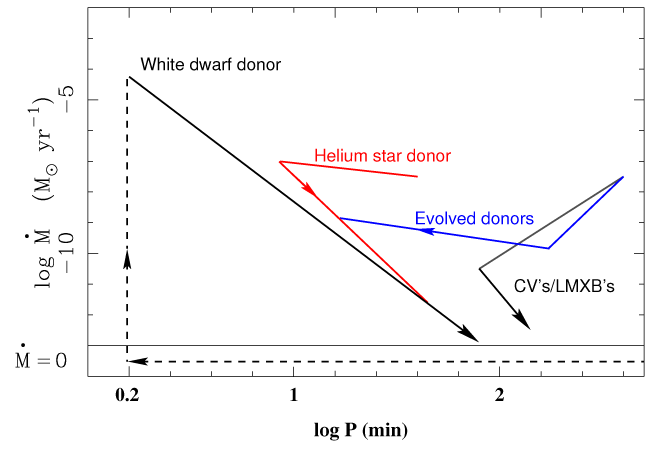
Figure 21: Sketch of the period – mass transfer rate evolution of the binaries in the three proposed
formation channels of AM CVn stars (the dashed line shows the detached phase of the white dwarf
channel). For comparison, the evolutionary path of an ordinary hydrogen-rich CV or low-mass X-ray
binary is shown. Image reproduced with permission from Figure 1 of [521], copyright by the authors.

